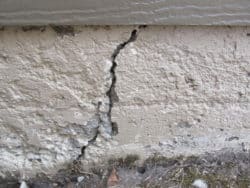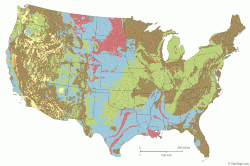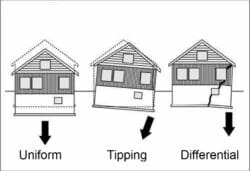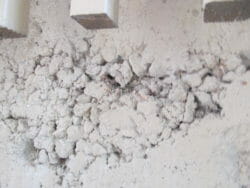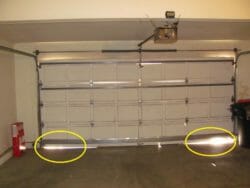Frost Heave & Ice Lenses Damage Foundations and Basements
Home » Structural » Foundation »
What is Frost Heaving and How do Ice Lenses Form?
Frost heaving and the formation of ice lenses can have several significant impacts on a home, particularly in regions that experience cold temperatures and freezing ground conditions. The effects can range from minor inconveniences to serious structural damage.
Frost heaving, also known as frost heave, occurs in soil during freezing conditions. This phenomenon happens when ice forms beneath the surface of the soil, causing it to expand and lift, or “heave.” Ice lenses are a key component in the process of frost heave. They form in soil or rock when moisture present in these materials freezes. Ice lenses lead to frost heaving.
Ice lenses can vary greatly in size, from very small, barely noticeable formations to large lenses that can cause significant upheaval of the ground surface. They play a crucial role in cold-region geotechnical engineering concerns, as their formation can lead to substantial damage to structures, roads, and natural landscapes. Frost heaving can also disrupt the growth of plants and trees by pushing their roots upwards.
The lifting force of one or more ice lenses can be enough to lift a layer of soil as much as 3-12 inches or even more in extreme cases.
The process
Frost heaving is more likely to occur in soils that have a significant amount of fine particles, like silts and clays. These soils can retain more water, which is a key factor in the process. When the temperature drops below the freezing point, the water in the soil starts to freeze. This process usually begins at the surface and moves downward. As the soil begins to freeze, water is drawn up from the unfrozen soil below through capillary action (the same phenomenon that allows plants to draw water from the soil). This water freezes upon reaching the already frozen layer, adding to the ice already there. However, rather than forming a uniform sheet of ice, it creates lens-shaped formations known as an ice lens. As more water is drawn up and freezes, the ice lenses grow, causing the soil above them to lift or “heave.” This can cause the ground surface to bulge upward.
The growth of an ice lens is also facilitated by water expanding about 9% upon freezing, which contributes to the lens’s increasing volume.
Geographic Occurrence and the Role of Soil Types
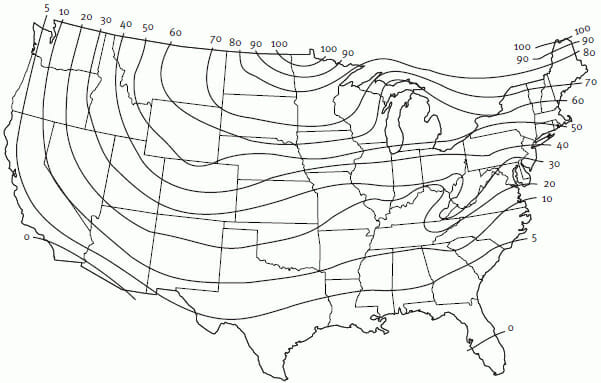
The type of soil plays a significant role in the likelihood and severity of frost heave. Soils with high clay and silt content retain more water and are more susceptible to heaving. Sandy and gravelly soils, on the other hand, drain water more effectively and are less prone to frost heave. In the United States, frost heave is a common issue in the northern states, where temperatures frequently drop below freezing in winter. States like Minnesota, North Dakota, and Maine are particularly affected. Globally, countries in the higher latitudes such as Canada, Russia, and the Nordic countries experience significant challenges due to frost heave.
Building Codes
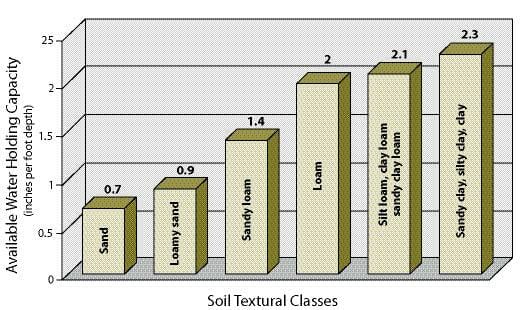
When planning on building a new home, especially If you are in a climate that is prone to freezing temperatures, make sure to look into and consider the local Building Codes. Building codes often include specific requirements for dealing with frost heave. It’s essential to consider these guidelines and the local climate when planning a construction. Building codes generally require a home’s footings, piers or piles meet frost line depth requirements. Plumbing codes also address depth of the sewer and water lines so they will not be damaged by freezing temperatures. Unfortunately these codes are minimum requirements and may be insufficient to prevent damage from frost heave and ice lenses, therefore whether you are building a new home or just want to improve an existing home, it is beneficial to work with a structural engineer or a foundation repair specialist.
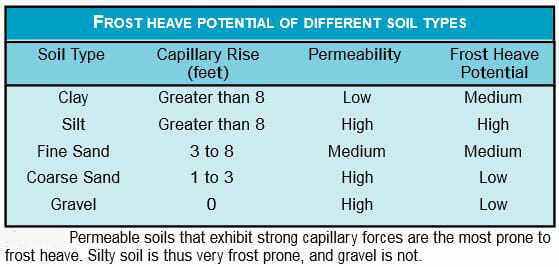
Effects of Frost Heave on Home Foundations
The foundation is one of the most critical components of a house affected by frost heave. If ice lenses form beneath or around the foundation, the expansion can cause the foundation to lift and move. This movement can lead to cracking, misalignment, and even major structural failure. Over time, repeated freezing and thawing cycles can exacerbate these issues.
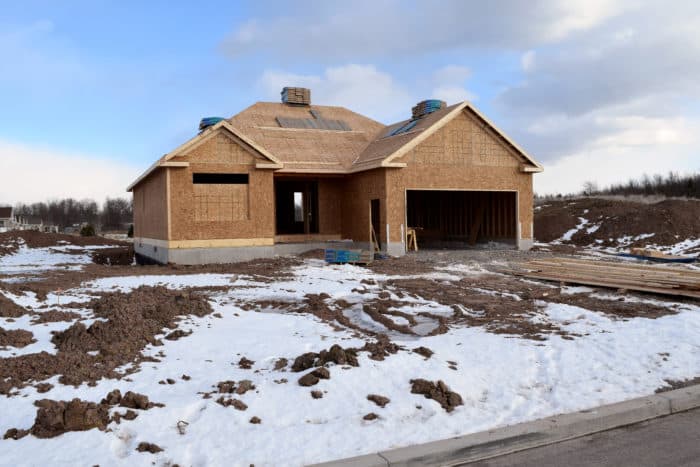
When a foundation is pushed up by the force of ice lenses, it often creates a gap under parts of the foundation. As the soil warms and the water drains away, the foundation will settle back down to a new level. This shifting of the soil can result in an unevenness, tilting, cracked or damaged foundation. Therefore, one of the most obvious signs of frost heave damage is the appearance of cracks in the home’s foundation. These cracks may be vertical, horizontal, or diagonal and can widen over time.
Improper footing depth, pile depth or other structural member depth which does not go deep enough to avoid the frost line is at the highest risk. If the structural members holding up the home are above the frost line – the freezing will have dramatic consequences.
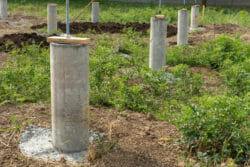
When the foundation uses piers and piles they can be unevenly lifted by frost heave. This uneven movement can lead to a phenomenon known as ‘differential settlement,’ where different parts of the house settle at different rates, causing cracks and misalignments. Differential settlement is the worst type of settlement for a home’s foundation or slab.
Almost every component in a home relies on being level and plumb from kitchen sinks to doors and windows.
Signs and Symptoms to Look For
- Sticking Doors and Windows: Shifting soil can also lead to problems with doors and windows becoming difficult to open or close, as the frames may become distorted due to the movement of the structure. Doors and windows that suddenly become difficult to open or close might indicate that the structure of your home has shifted due to soil movement from frost heave.
- Basement Walls and Floors: Basements are particularly susceptible to damage from frost heave. The pressure exerted by the expanding soil can cause basement walls to bow and floors to crack and/or shift, leading to potential water ingress and structural weakness. Improperly compacted soil can also increase the likelihood of damage from frost heave. As soil is often next to basement walls, they are particularly affected by the soil compaction. If frost heave causes cracks or gaps in the foundation or basement walls, you may notice water leakage, especially during the thawing period in spring.
- Uneven Floors: The shifting soil can cause floors inside the home to become uneven. If your floors become uneven or you notice new cracks in the flooring, especially in basements or on concrete slabs, this could be a result of the ground beneath shifting due to frost heave.
- Bulging or Bowed Walls: Frost heave can cause walls, particularly basement walls, to bow or bulge. This is a result of the external pressure exerted by the expanding soil.
- Gaps Between Walls and Floors or Ceilings: New or widening gaps where the walls meet the floors or ceilings can be a sign of the house shifting due to frost heave.
Exterior Frost Heave Effects
External structures like garages, sheds, and sidewalks can suffer from the same issues as the main house, with cracking and movement due to soil expansion.
- Damage to Underground Pipes and Utilities: Just as the soil movement can cause leaks inside, the same can occur outside. Frost heave can disrupt underground utilities such as water and sewer. Since heaving is not consistent across the length of the lines, some parts will lift higher than others causing cracks, breaks, and stresses in every type of piping.
- Landscaping, Sidewalks, and Driveways: Frost heave can affect the ground surrounding the home, leading to upheaved, or cracked, slabs including walkways, patios, and driveways. Not only can this lead to uneven surfaces, but potential tripping hazards as well. Landscaping elements like lawns, gardens, and trees can also be impacted, with roots being pushed up or the soil becoming uneven. Look for changes in the landscape around your home, such as cracks and soil that appears to be pushed up or uneven, as this can be a direct result of frost heave.
- Cracks in Exterior Walls or Siding: Visible cracks on the exterior walls or siding of the house, especially those that appear to follow a diagonal line, can be caused by the movement of the foundation.
- Uplift of Outdoor Structures: Structures such as decks, patios, or porches that appear to be lifting or separating from the main house may be affected by frost heave.
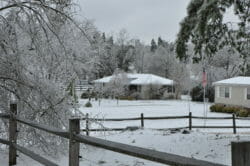
If you observe any of these signs, it’s important to consult with a structural engineer or a foundation repair specialist. They can assess the extent of the damage and recommend appropriate remedial actions. Early detection and intervention can prevent more severe damage and help maintain the structural integrity of your home. The ongoing effects of frost heave can lead to increased maintenance and repair costs for homeowners, as addressing structural issues, fixing damaged pipes, and repairing landscaping can be expensive, therefore it is best to keep an eye out for the potential signs of frost heave damage.
Frost Heave Mitigation
To mitigate the effects of Frost Heave, proper construction techniques and materials are crucial, especially in frost-prone areas. This includes designing foundations that can withstand the movements caused by frost heave, ensuring good drainage, and using insulating materials to reduce the depth of soil freezing.
This includes:
- Depth of Foundations: The most effective way to combat frost heave is to ensure that the foundations of a home extends below the frost line – the maximum depth to which the ground typically freezes. By placing foundations below this depth, they are less likely to be affected by the upward movement of the soil.
- Use Frost-Resistant Foundation Design: There are specific foundation designs that can resist the forces of frost heave, such as slab-on-grade foundations with frost-protected shallow foundations (FPSF). These are particularly effective in areas with severe frost heave issues.
- Drainage: Ensuring good drainage around the home is critical. Water accumulation in the soil increases the risk of frost heave. Grading the land away from the foundation, installing French drains, or using foundation waterproofing can help manage water flow and reduce saturation.
- Soil Replacement or Modification: In areas with problematic soils (like clay or silt), replacing the soil around the foundation with less frost-susceptible material, like gravel, can reduce the risk of frost heave. Alternatively, soil stabilization techniques can be employed to reduce water retention.
- Ventilation in Crawl Spaces: If the house has a crawl space, ensuring it is properly ventilated can help maintain consistent temperatures and reduce the likelihood of frost heave.
- Use of Piers or Piles: In certain cases, using deep piers or piles that go below the frost line can provide stability to the structure, especially for decks, porches, and other external structures.
- Insulation: Insulating materials can be used to reduce the depth of soil freezing. Installing insulation around the foundation can help keep the ground temperature around the house above freezing, thereby reducing the formation of ice lenses. This is particularly effective in combination with FPSF.
- Adaptable Design: Structures can be designed to accommodate some movement without significant damage.
- Use of Adjustable Supports: For structures like decks, using adjustable supports can allow for corrections in the event of minor movements due to frost heave.
Regular maintenance and monitoring
Regularly inspecting the foundation and surrounding areas for signs of frost heave can help in the early detection and mitigation of potential problems. Look for cracks, uneven surfaces, and misalignments through the interior and exterior of a home.
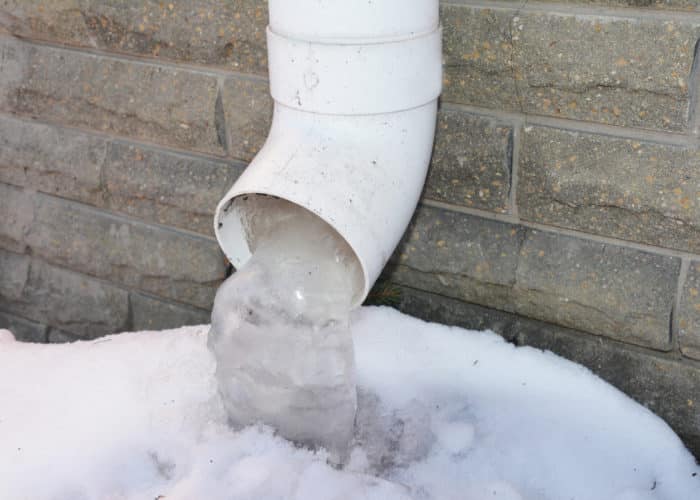
Frost heave and ice lens formation are natural processes that can have serious implications for the structural integrity of homes. The more a home shifts, the more damage can occur. Understanding these phenomena, the types of soils most affected, and the regions where they occur can help in the design and construction of homes that are resilient to these challenges. Consider consulting with a professional such as a structural engineer or a foundation repair specialist. A professional can often provide an analysis of any existing problems as well as provide ideas and options on what can be done to resolve, reduce or prevent frost damage issues.
